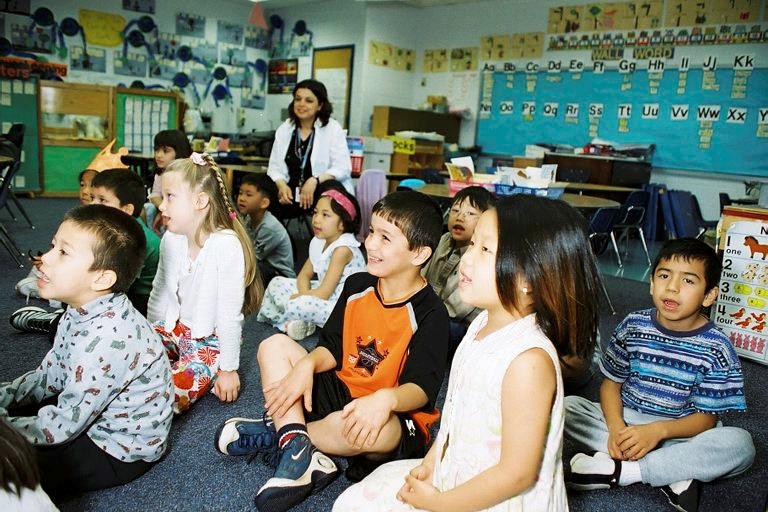
A strong foundation is a vital ingredient to creating the change we want to see in our upcoming generations. Our children are our future, and our future is built by the way we educate those children. An education set on a strong platform of diversity is a smart way to develop socially conscious future leaders. Our schools should be the model for our society as a whole; yet, so many schools around the country are segregated. A 2012 New York Times article states, “43 percent of Latinos and 38 percent of Black students attend schools where fewer than ten percent of their classmates are white.”
We must work harder to change this overarching message that isolation and exclusion is normal. The change can begin at the roots. Yes, we can teach our kids to read and write at the same time we are teaching them to love, accept, and rejoice in one another’s diversity. Integration techniques such as moving children across zoning lines, putting more funds into less economically advantaged schools, and adding cultural curricula to classroom pedagogy are only a few of the many ideas that may re-ignite the fire of integration that has almost burned out. While government involvement is key in supporting and promoting diversity, local actors and community members are an untapped well of power when it comes to a demand for school diversity.
One specific organization invigorating the educational scene with a fiery promotion of diversity is the Chicago Grassroots Curriculum. This organization promotes culturally relevant pedagogy within the school system and community. It instructs teachers in strategies to involve comprehensive cultural lessons in their classrooms and teaches students ways to get involved and facilitate change on the ground level and beyond.
The Chicago Grassroots Curriculum program provides tool kits that target grades 8 through college. The curricula tool kits includes activities based on getting involved in the community, the history of Chicago’s housing development, and contributions from local community heroes. It also includes historical art work, photographs, maps, and more. The program creatively combines culturally relevant concerns with any classroom subject – incorporating subprime lending issues into a math class, for instance.
Organizations that promote inclusive curricula, like Chicago Grassroots Curriculum, present a modern face on a very old and stubborn problem. Best of all, they link with the local community to provide a voice for diversity and a stage to demonstrate its demands. By adding specific cultural curricula that are ignored in mainstream education, these organizations counter traditional education standards and demand a systemic change.
Promoting diversity within education in order to develop an integrated society can be a struggle but community groups and residents working together can achieve a lot. Getting involved in the community, helping children gain access to diverse schools, and rehabilitating general school curricula to include the foundations of cultural awareness is the groundwork for integration and equality. There is a lot to do and our school system is a very good place to start. Let’s get to work!
By Angela Curry, Fair Housing Research Assistant
Photo by U.S. Department of Education
